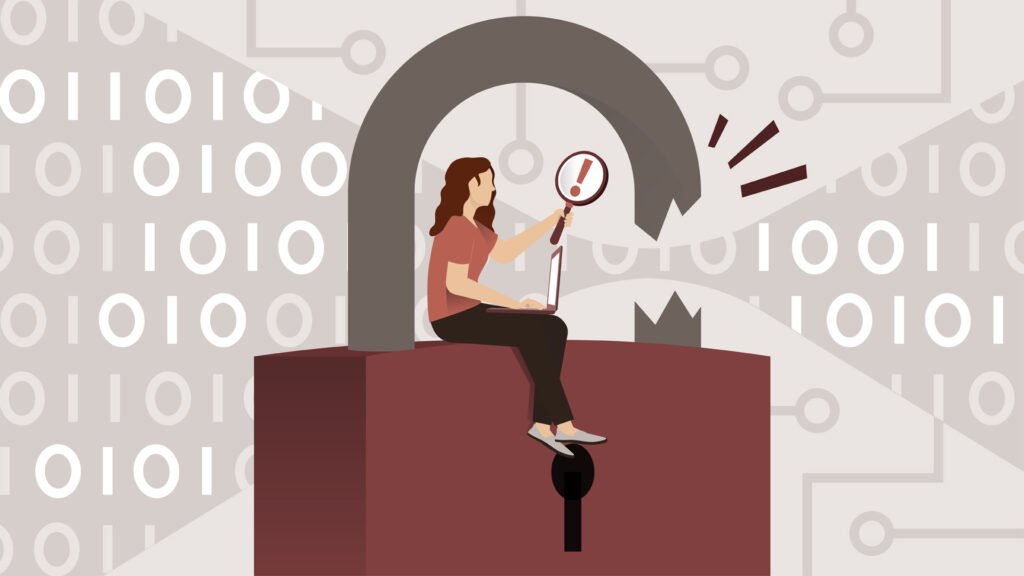Ransomware attacks are the most frequent type of cyber attack that the financial service sector receives. These attacks are so common that the financial industry prepares for the next attack. The financial services sector enforces some of the strictest security measures, obviously because of the sensitivity of the data they hold. Most cyber attackers use advanced systems that allow them to use sophisticated techniques to acquire massive ransoms. As a result of their rapidly changing methods, even the most conscious institutions are at high risk. They have fallen victim to ransomware or data misconfiguration attacks.
To improve cybersecurity, governments worldwide hold financial services organizations to high-security standards to keep track of their security. The financial sector has always been careful and has many secure and protected systems dealing with large sums of money. Unfortunately, no industry is safe from cyber-attacks; the financial sector has already proven that.

Why Financial organizations are on a high risk
No industry or business institution is safe from cyberattacks. The finance sector is a desirable target for cybercriminals for three main reasons.
1. Big Potential Outgoings
Financial institutions work with large amounts of information about clients and employees. This sensitive data makes financial organizations ideal targets for cyber-attacks. In these attacks, cybercriminals steal data, encrypt essential systems, or stop the organization from accessing accounts. Then, they threaten its release to press the company to pay a ransom or for personal gain. This technique increases the likelihood of a big payout. Organizations are more likely to pay the ransom as stolen data releases could erode trust in their brand and severely damage their status.
2. Increased Attack Exterior
Financial organizations are digitizing as the world is moving online. Central banking and financial operations are available online as technology becomes increasingly efficient. Artificial intelligence, machine learning, and cloud technology improvements have made digital transactions a more effective way of doing business. While these steps improve a company’s everyday operations, they also give attackers a broader surface to exploit the system.
To provide a better customer experience, financial institutions are associating with third-party providers for cloud management, security, and maintenance tailoring new digital systems. All of this confuses the network of data and communications. Today’s criminals no longer have to attack their targets directly. They can easily do this by exploiting a vulnerability in a third-party vendor and falsifying a path toward the network of a larger target institution for their good.
3. The Challenge to be updated with the latest trends
Managing and securing digital possessions is a complex task. Most existing systems are complicated and evolving rapidly. Putting weight on organizations to stay updated with the current trends and proper monitoring and management technologies and protocols can be exhausting. Even the most skilled professionals require constant training to keep up with the latest digital trends and how to implement in-use systems and stay ahead of new and evolving threats.
Auxin at help
Ultimately, the best ransomware protection strategies are only helpful with the right technology to back them up. That’s where Auxin can be an excellent partner for your enterprise. To help you be ready for such an attack, AlphaScale will assist you in scanning your system for vulnerabilities by running scans and checking the application in multiple environments.
You will get a detailed report of each scan and the risk factor involved, and we offer services that can help you keep updated with the current security trends. It provides the peace of mind every financial institution needs.
Contact us at sales@auxin.io to get details of all the sales-related queries, and subscribe to our newsletter to read all our blogs.






